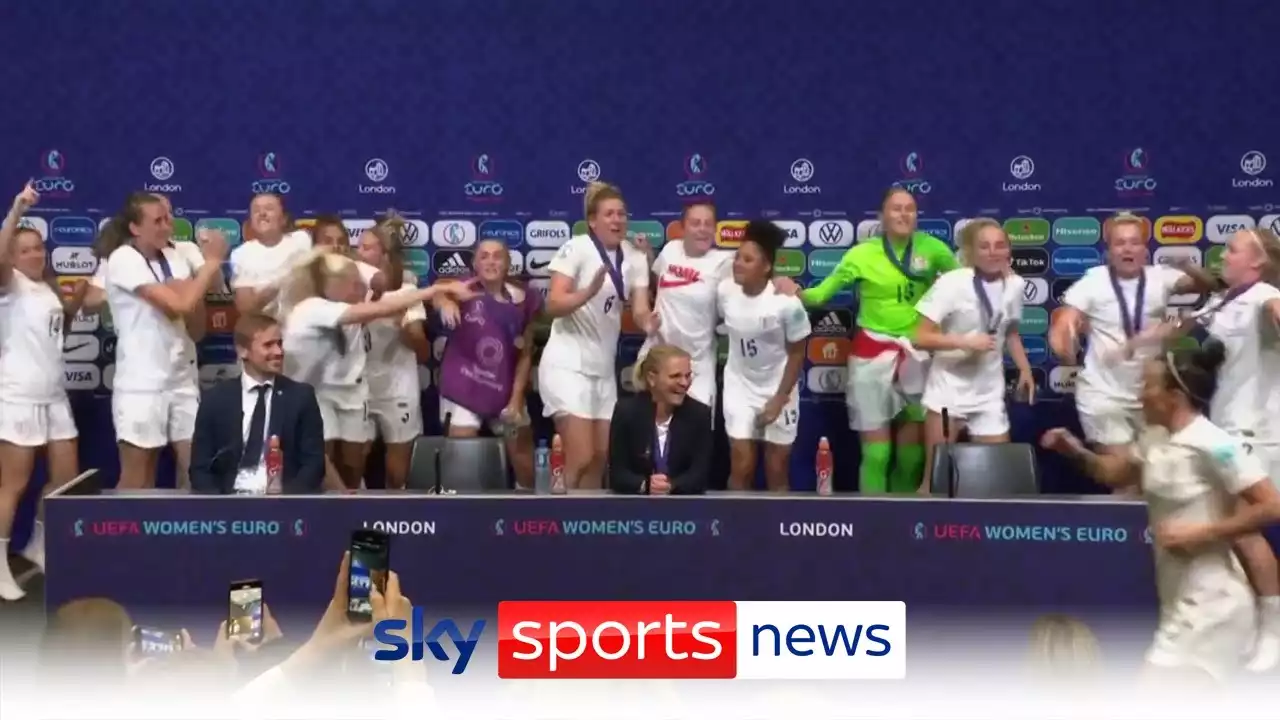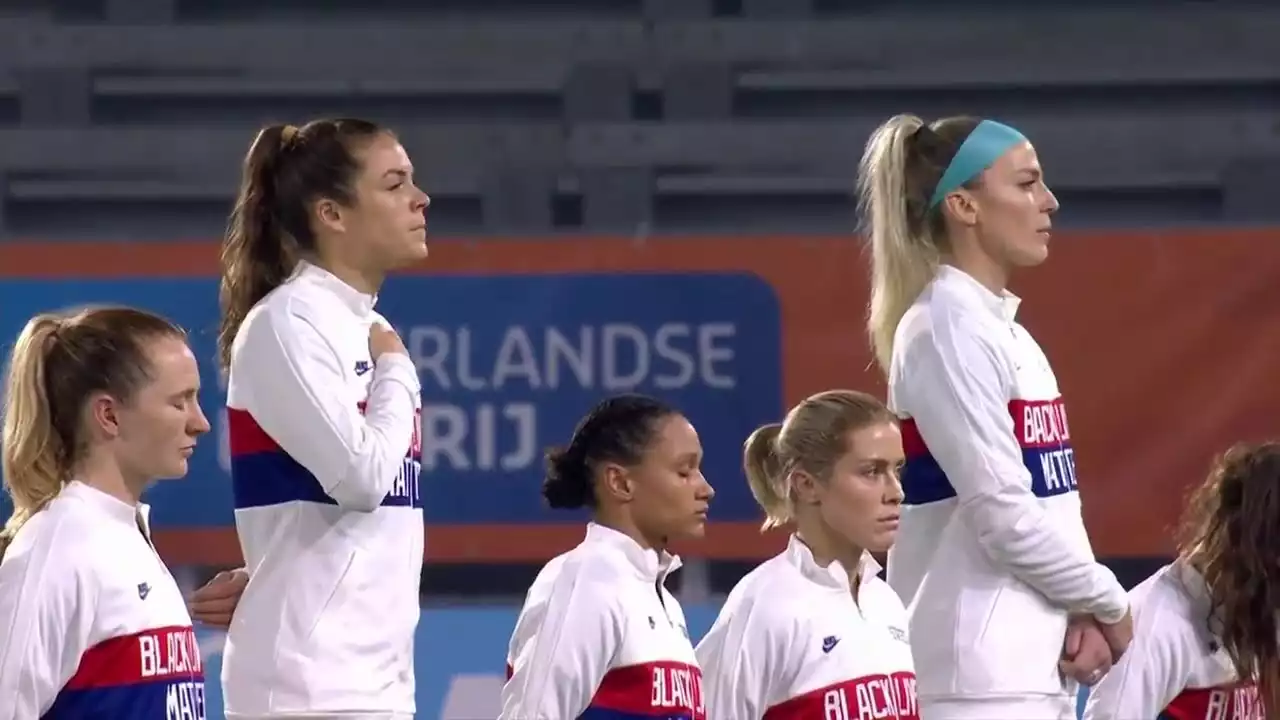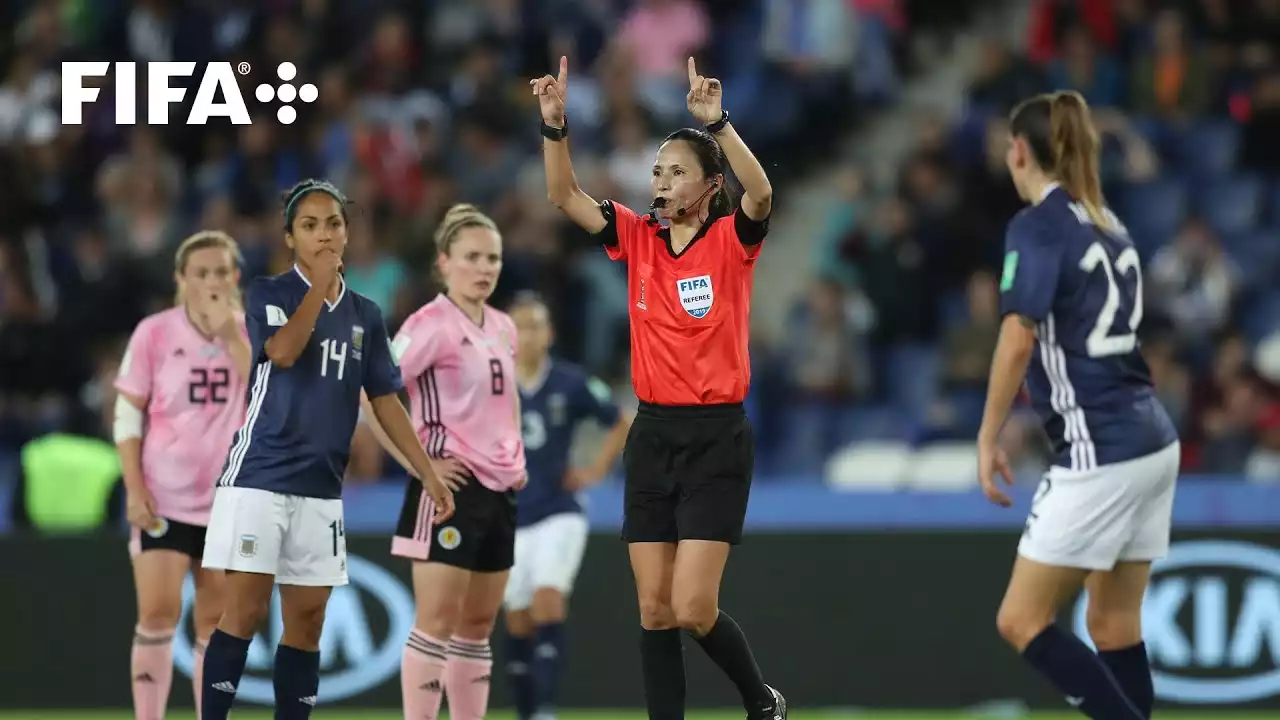Overview of women's football programs in developed countries
When it comes to women's football programs, developed countries are leading the way in terms of investment and support. These nations understand the importance of providing equal opportunities for female athletes and are taking significant steps to level the playing field. One such country is Sweden, which has made remarkable progress in women's football.
With a strong emphasis on gender equality, the Swedish Football Association has implemented comprehensive programs to encourage participation and skill development for women and girls. From grassroots initiatives to professional leagues, Sweden has created a supportive ecosystem for female footballers. The success of their investment is evident in the national team's consistent performance in international tournaments.
Similarly, the United States has made notable strides in women's football, both on and off the field. The popularity and support for women's football in the US have paved the way for increased sponsorship deals and improved facilities. The National Women's Soccer League (NWSL) provides a platform for female athletes to showcase their talent, and the United States Women's National Team has consistently been a dominant force in international competitions.
Investment in women's football programs in European countries
Apart from Sweden, several European countries have recognized the potential and talent among their female athletes and are investing in women's football programs. France, for instance, has made significant progress in recent years. The French Football Federation has increased funding for women's football, resulting in improved training facilities and increased participation at all levels. This investment paid off when the French national team reached the final of the 2019 FIFA Women's World Cup.
Germany, known for its strong football culture, has also made significant investments in women's football. The German Football Association has implemented initiatives to encourage more girls to take up the sport and has created a pathway for talented players to progress through the ranks. The success of these efforts is evident in the consistent performance of the German national team and the popularity of the women's domestic league.
England, too, has made substantial investments in women's football. The Football Association has prioritized the growth of the women's game and has seen a surge in participation at all levels. The establishment of the FA Women's Super League, along with increased media coverage and sponsorship deals, has elevated the status of women's football in the country. The success of the England women's team in recent major tournaments has further fueled the growth of the sport.
Investment in women's football programs in South American countries
While European countries have made significant investments in women's football, South American nations are also making strides in developing their women's programs. Brazil, in particular, has a rich history in men's football and has begun channeling resources into women's football as well. The Brazilian Football Confederation has implemented initiatives to nurture talent and create a sustainable pathway for female footballers. The success of the Brazilian women's national team, which has consistently been one of the strongest teams in South America, is a testament to these investments.
Argentina, another South American country with a strong football culture, is also investing in women's football. The Argentinian Football Association has focused on grassroots development, providing opportunities for girls to play and develop their skills from a young age. The women's national team's recent success in reaching the final of the 2019 FIFA Women's World Cup has been a significant boost for women's football in the country.
Investment in women's football programs in Asian countries
Asian countries are also recognizing the potential of women's football and are investing in programs to develop their female athletes. Japan, a country known for its technical style of play, has been at the forefront of women's football in Asia. The Japanese Football Association has invested in grassroots development and player pathways, resulting in the national team's success, including winning the FIFA Women's World Cup in 2011.
China, too, has made significant investments in women's football. The Chinese Football Association has prioritized the development of women's football programs, aiming to create a sustainable pipeline of talent. The success of the Chinese women's national team, coupled with increased visibility and media coverage, has helped raise the profile of women's football in the country.
Challenges and obstacles faced by women's football programs globally
While progress has been made in women's football programs globally, there are still challenges and obstacles that need to be addressed. One of the significant challenges is the lack of financial support and resources compared to men's football. Many women's football programs struggle to secure sponsorship deals and generate revenue, limiting their ability to invest in infrastructure and talent development.
Another challenge is changing societal perceptions and stereotypes surrounding women's sports. Despite the growing popularity of women's football, it still faces biases and discrimination. Breaking down these barriers and creating a more inclusive environment is crucial for the continued growth of women's football programs.
Success stories of women's football programs in different countries
Despite the challenges, there are several success stories that highlight the positive impact of investment in women's football programs. The United States, for example, has seen tremendous success with its National Women's Soccer League. The league provides a platform for female athletes to compete at a professional level, attracting top talent from around the world. The success of the US women's national team, both on and off the field, has further elevated the profile of women's football in the country.
Sweden's investment in women's football has also yielded impressive results. The Swedish national team consistently performs well in international tournaments, and the country has produced several world-class players. The comprehensive programs implemented by the Swedish Football Association have created a strong foundation for the growth of women's football in the country.
The future of women's football programs worldwide
The future of women's football programs looks promising, with increased investment and support from various countries. As more nations recognize the potential of women's football, we can expect to see continued growth and development in the sport. The establishment of professional leagues, improved infrastructure, and increased media coverage are all positive signs for the future of women's football.
Additionally, the growing popularity and success of women's football will attract more sponsors and financial support, creating a sustainable ecosystem for female athletes. As societal perceptions evolve, we can hope for greater gender equality in sports and increased opportunities for women in football.










